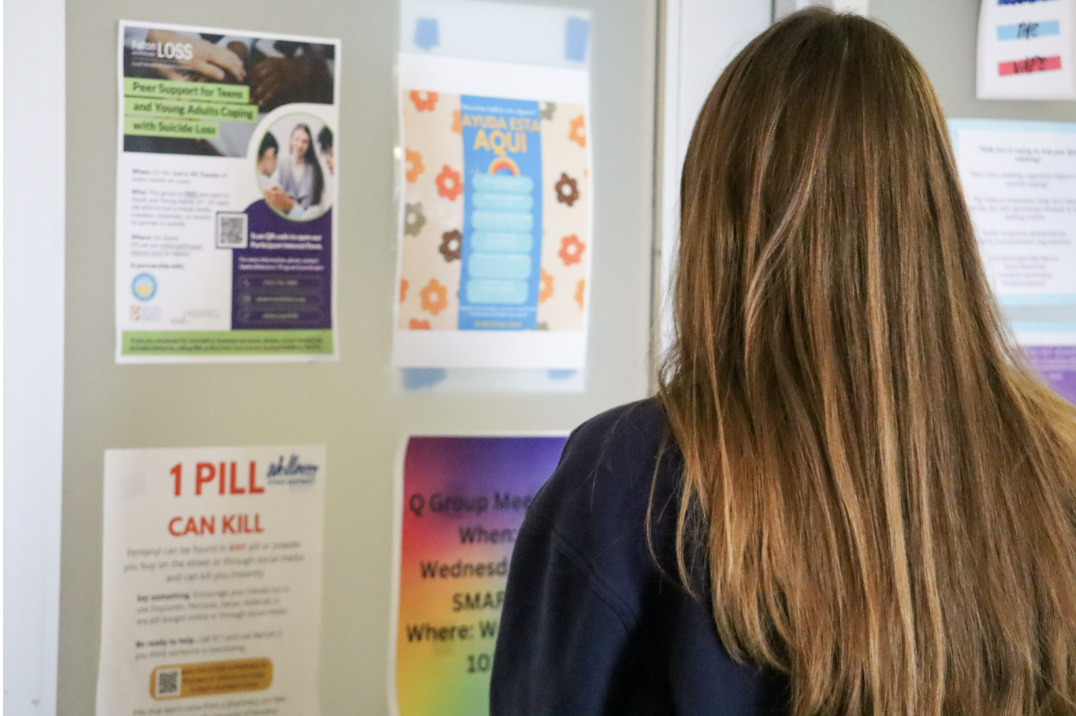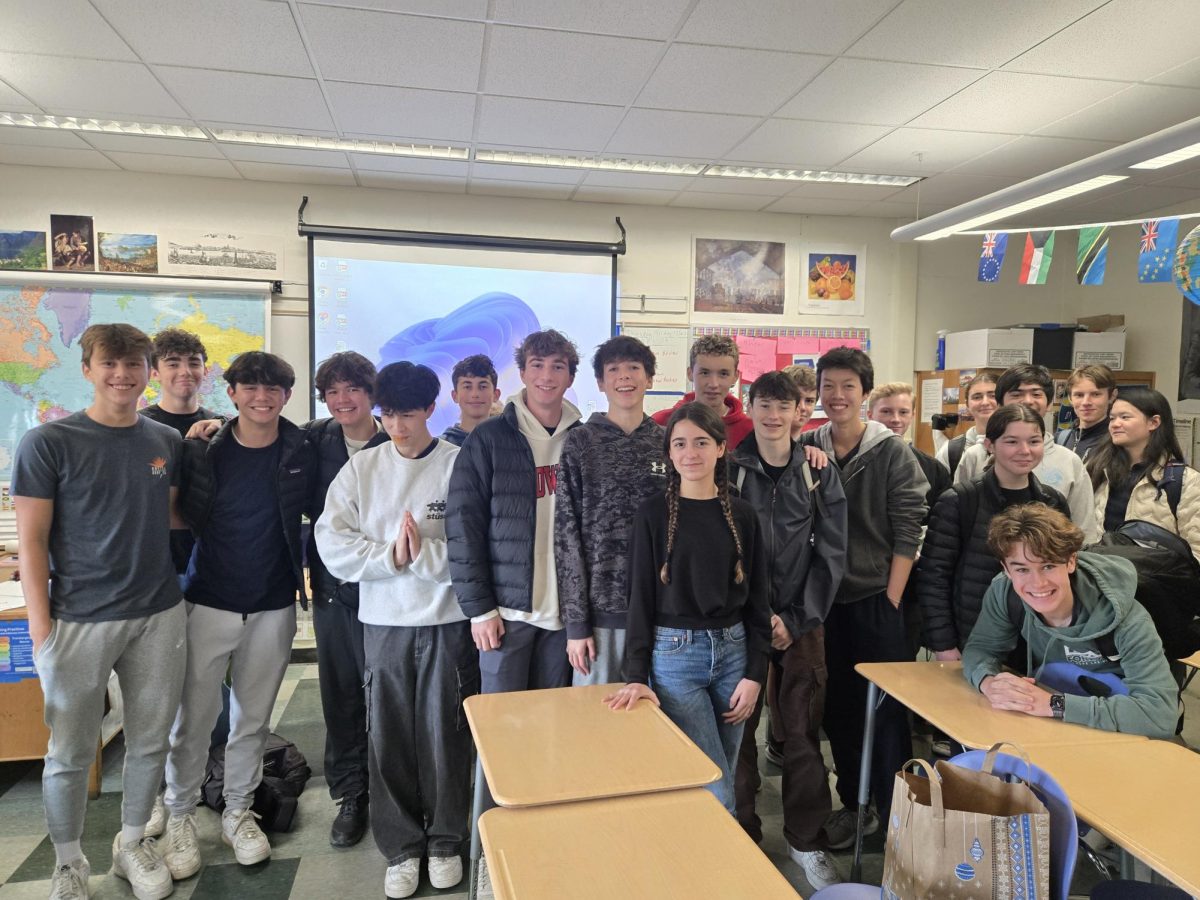The College Board is a monopolistic non-profit that needs to be reconsidered
May 30, 2019
We need to investigate the College Board’s ethics. While the “non-profit” promotes equal access to higher education, their total revenue in 2016 was almost $1 billion, according to ProPublica. They profit off of students’ “need” for higher test scores and have monopolized the market of college admissions for approximately 120 years. The College Board’s Scholastic Assessment Test (SAT), subject tests and Advanced Placement (AP) curriculum perpetuate the corrupt business, and I strongly believe that universities and students should boycott them. In doing so, the economic landscape of college admissions would shift toward different markets, ceasing the oligopoly of the College Board and creating a more holistic admissions process.
The College Board is a non-profit organization that happens to charge its customers hundreds of dollars for tests and services, with test prices magically increasing every year. According to the College Board, in 2011, the SAT with the essay cost $49. In 2019, the price of the same test increased to $64.50. In other words, a 32 percent increase in price occurred while the rate of inflation from 2011 until 2019 was only 13 percent. In addition to increasing their prices, the College Board’s former CEO Gaston Caperton earned over $1 million a year, according to The New York Times. The College Board is a very profitable non-profit, leaving me to question whether the College Board is dedicated to its mission of expanding access to higher education while pertaining to the definition of a non-profit. According to Merriam-Webster, a non-profit organization is not conducted or maintained for the purpose of making a profit, yet the College Board completely defies this as exemplified by the salary of the CEO and other top executives.
According to AP Economics teacher Paul Ippolito, the problems with the College Board are that it increases the price of testing every year, it is not very flexible and has no incentive to become more efficient or lower prices. Ippolito also said that the College Board has not changed the AP Economics exam in a meaningful way in over a decade, despite economics in the real world having changed drastically.
“Just because a company is a non-profit, it doesn’t mean that people aren’t being overpaid and have really easy jobs. When you don’t have to innovate and when you’re not under threat of going out of business, the work environment is a lot more relaxed,” Ippolito said.
With such a high annual revenue, the services provided by the College Board should be able to adapt to changing times. The SAT dates back to 1926 and has undergone minimal changes in formatting since then. According to CNN, the last major change to the SAT was in 2016 when it altered the format of some questions, changed the scoring to 1600, added dense text in both the reading and math sections and provided the option of a written essay. Though the content itself has changed, the questions and topics remain irrelevant to the “real world.” The College Board seldom improves their test services for the benefit of the public, despite their increasing revenue.
Customers pay to take the SAT, often buy the College Board’s practice test book (approximately $20), can pay for hours of tutoring (SAT group classes cost $1,250 at Sage Educators) and some even commute long distances to take the test. Additionally, customers can take the SAT an unlimited number of times, paying the sign-up fee each time, to superscore their tests until are satisfied with their scores. It is obvious that the College Board is capitalizing on students’ desires for higher test scores, and its policy of allowing students to retake standardized tests as long as they pay have contributed to the “non-profit” being an oligopoly as they limit alternative comparison options.
The College Board appears to be taking advantage of the term “non-profit” to gain extra benefits. For example, the test room proctors are all volunteers and aren’t paid, increasing the College Board’s revenue. While this may seem fine, it is shockingly apparent that the wide range of proctors have inconsistent proctoring skills. For example, my SAT proctor was sleeping half the time, and my friend’s proctor seemed to have no idea what she was doing and almost skipped a whole section. At my sister’s SAT, three proctors didn’t even show up (two called in sick and one didn’t show up), so 90 students were almost turned away after all of their preparation. The 90 students without proctors eventually dispersed to other testing rooms. These frequent malfunctions prove that the College Board is inefficient, as the organization has inconsistent testing environments as a result of unprepared volunteer proctors, which skew test scores and elicit chaos.
Unfortunately, the SAT has become an extremely high-stakes test due to the limited comparative options for college applications. The problem is that we don’t have options other than the SAT and ACT (American College Testing) when applying to universities in the United States. The SAT and ACT are both very similar in that they are narrowly focused, inconsistent standardized tests which are unfair for lower income students who can’t afford the extra test preparations. These two options are far too limiting for the 15 million American students enrolled in public high schools who plan on applying to college.
There are few solutions to the College Board’s oligopoly. The competition and cost of entering a market so dominated by the College Board create a high barrier to entry. There’s a high fixed cost and high credibility associated with the College Board, which cannot be changed unless society’s attitude toward the oligopoly changes.
Students and colleges need to boycott the College Board exams in order to put an end to the monopolistic organization. If we gradually reach a point where we can all stop using the College Board tests, universities will stop requiring them. There has already been improvement; in 2018, SAT and ACT tests became optional for over 1,000 colleges and universities, including more than 300 “top-tier” institutions, according to Fair Test, the National Center for Fair and Open Testing. The way colleges can compare students without the SAT or ACT is by looking at their college application essays, GPAs, extracurriculars and interests. That alone should be enough for a college to gain insight into a student. Students should take interest in test-optional schools when applying to college because their interest will shift the college market toward an environment free of monopolies and flawed standardized tests.
Having less money involved in the college system will make it more education-oriented rather than market-based. After all these years of the College Board’s domination, it is finally time to be the catalyst for a new and improved testing system for college applications.







